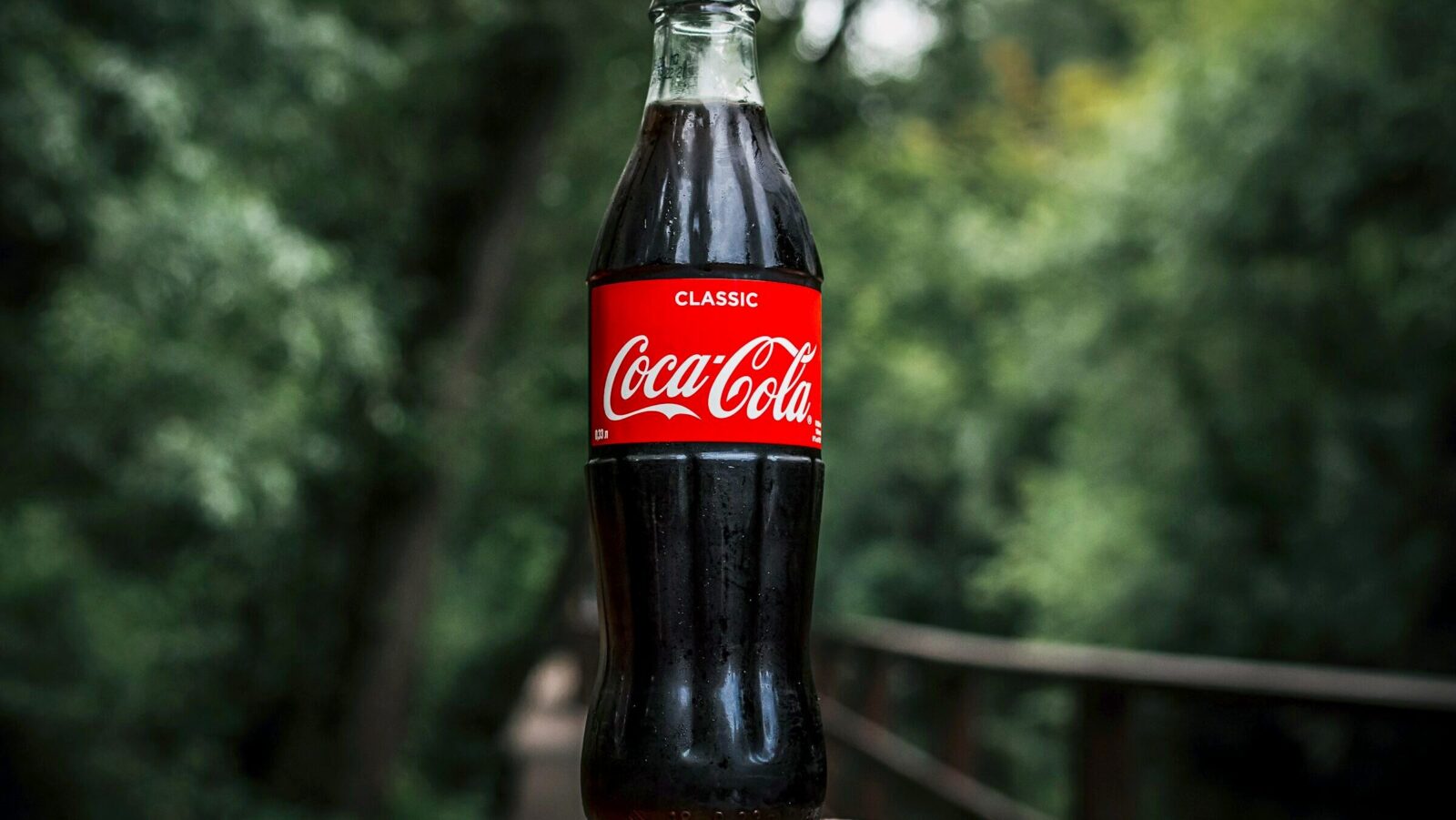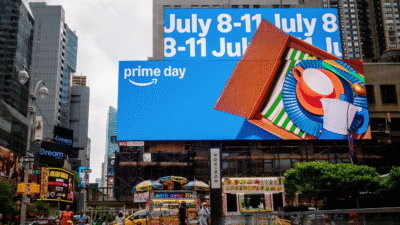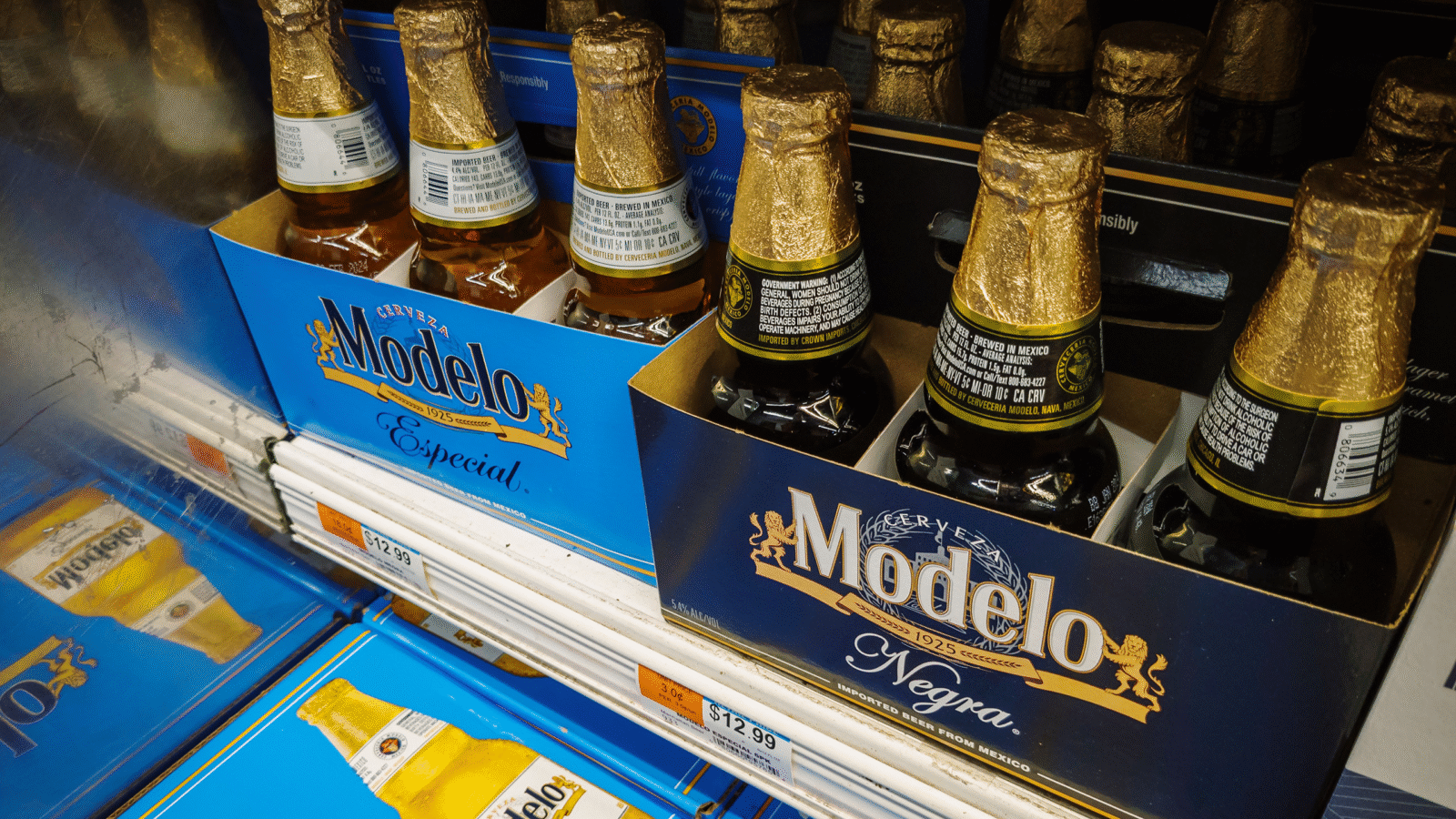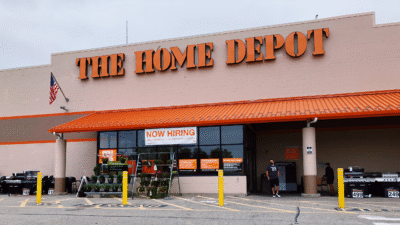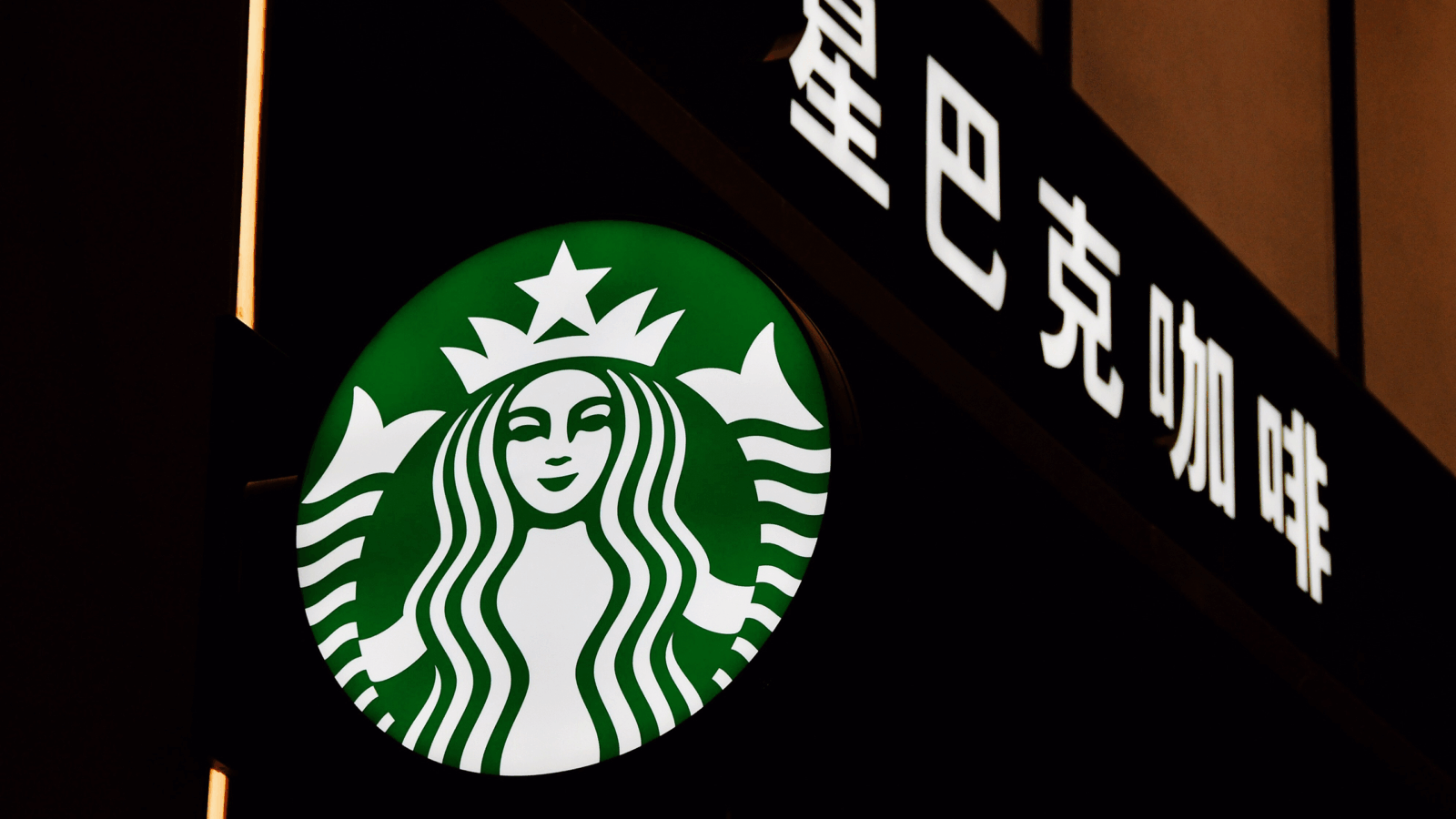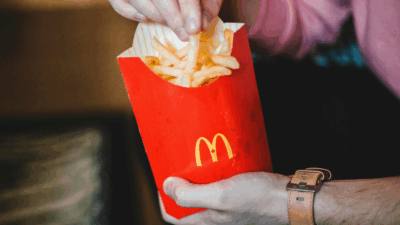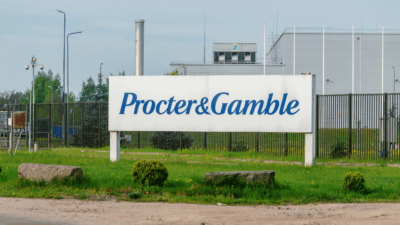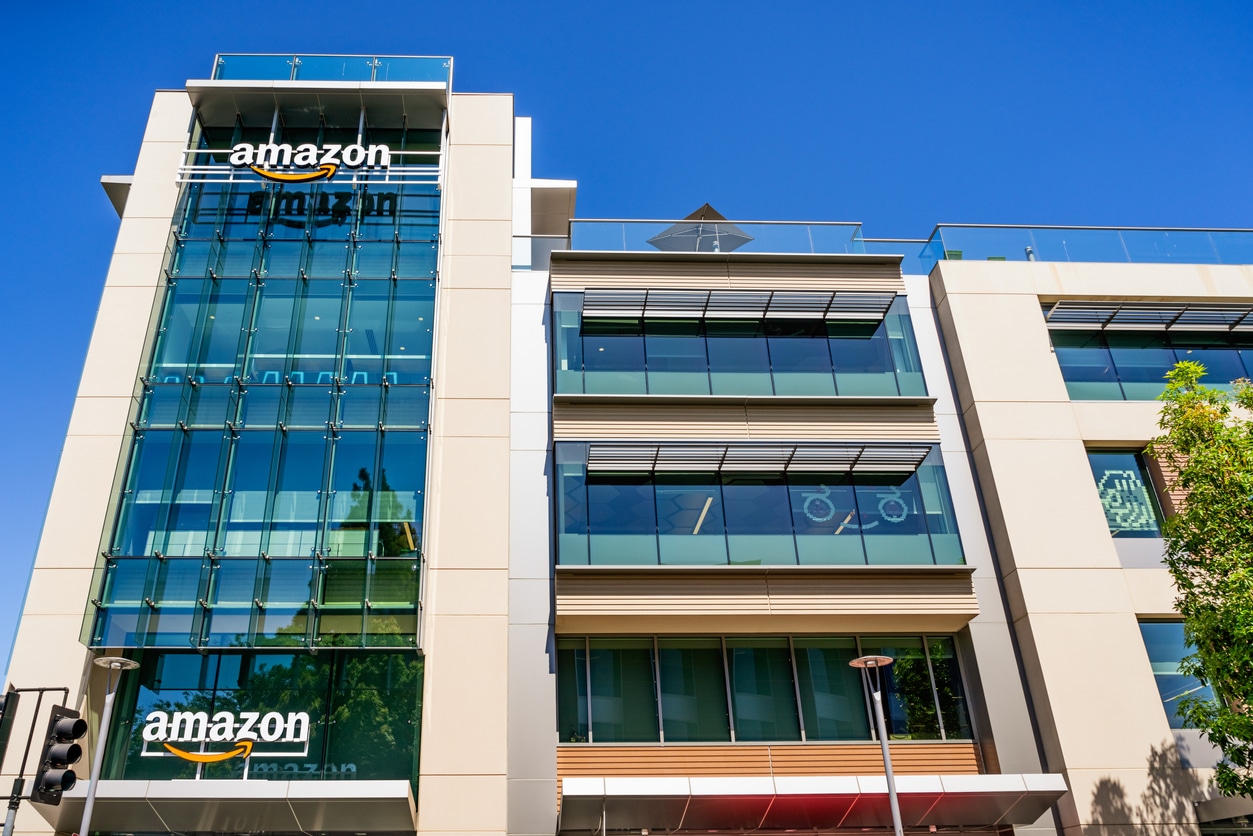
Sign up for smart news, insights, and analysis on the biggest financial stories of the day.
What was once an attempt to bring Black Friday shopping levels to summer is slowly turning into an internet afterthought.
After a half-decade of immense success, Amazon is dialing down the discounts offered during its annual Prime Day super sale event (held this year on July 12 and 13). With the competition now circling the same calendar dates, Prime Day is quickly losing its novelty.
A Wrinkle in Prime
Since 2015, Amazon’s Prime Day has boosted subscriptions and driven sales in the historically quiet summer months. Call it e-commerce Christmas without the mail order hypoallergenic tree. But traditional retailers like Walmart and Target have begun holding competing flash sales and, in 2018 and 2019, Amazon’s top competitors saw revenue jump 72% during Prime Day, according to the WSJ. This year, those same players are increasing discounts to clear excess inventory, meaning Prime members have less reason to stay home.
The event, previously launched with high-profile kick-off concerts from the likes of Taylor Swift, is now slowly slipping into the background of Amazon’s operations. New data shows discounts on non-electronics goods are no steeper than a typical day on the site (both around 30%). And the bulk of promotions are more and more reserved for Amazon’s devices like Fire TV and Alexa — products that obviously return higher margins for the mothership.
It’s almost no wonder sales are now more day-time than prime-time:
- Amazon will make $7.7 billion in US sales from next month’s Prime Day, up 17% from last year, according to forecasts by Insider Intelligence. That’s far lower than the typical 65% revenue growth the company has come to expect from the event, The Wall Street Journal notes.
- Last year’s average order size, meanwhile, fell to $54.15 from $58.77 the year before, while per-item spending is down to $30.83 from $33.88, according to research firm Numerator.
Topping out: Prime Day isn’t the only area where Amazon may be hitting a ceiling. In an April earnings report, the company announced its slowest sales in about two decades. Meanwhile, an internal memo leaked to Vox last week revealed the company projects it is on pace to “deplete the available labor supply in the US network by 2024” at its infamously high-turnover logistics and warehouse operations. After a pandemic boom, the company may be too big to keep growing. We’ll call that the cost of massive success.
